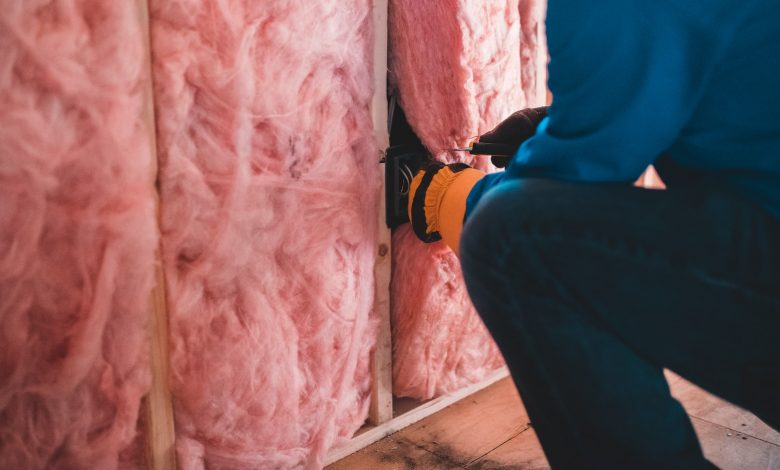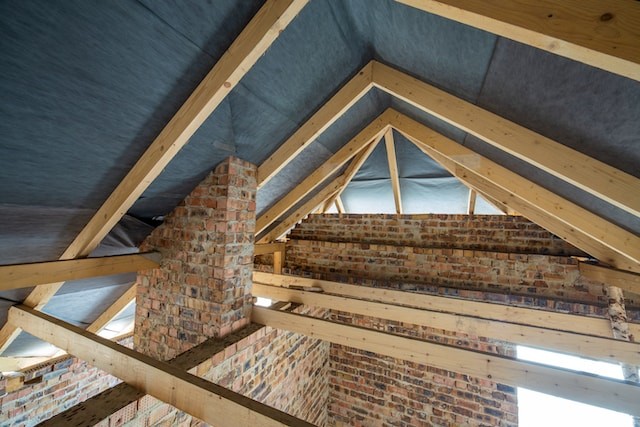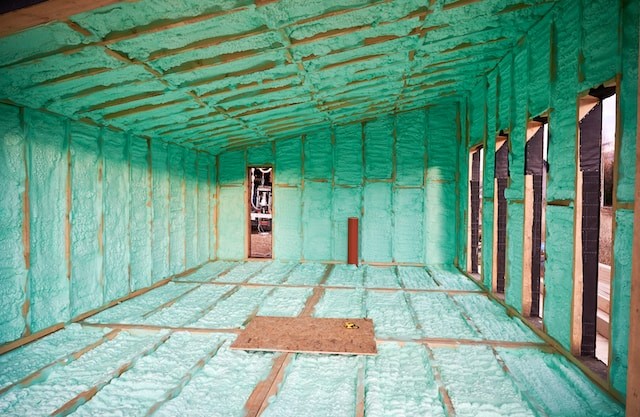Insider Tips for a Seamless Online Insulation Shopping Experience

Shopping for insulation online can seem daunting, especially if you’re not familiar with the different types and terminology. However, with some insider knowledge and preparation, it can actually be a smooth and convenient process.
In this article, we’ll provide tips to help you find the right insulation for your needs, compare products effectively, choose a reliable retailer, and ensure proper installation. Follow these insider strategies for a frustration-free online insulation shopping experience.
Do Your Research on Insulation Options
Before you start browsing insulation products online, it’s important to educate yourself on the different types available and their typical uses. The main categories are fiberglass, mineral wool, cellulose, spray foam, and rigid foam board. Fiberglass and mineral wool are common for walls and attics, cellulose and spray foam work well for irregular spaces, and foam boards insulate roofs, exterior walls, foundations, and other surfaces.
Within each category there are various materials, thicknesses, densities, and recommended applications. Make a list of the spaces you need to insulate along with dimensions and requirements. Determine whether sound dampening is a concern or if permeability and fire resistance are factors. Understanding these technical specifications will enable you to zero in on the most suitable insulation solutions.
Compare Brands and Retailers
A quick online search reveals an overwhelming number of brands and retailers marketing insulation materials. Rather than choose the first option that looks acceptable, take some time to analyze a few top contenders thoroughly. Examine their product details, certifications, service records, and customer reviews on independent websites.
Focus on brands that have VERIFIED high performance claims, reasonable pricing structures, and supply products meeting stringent codes and standards. Reputable retailers like Home Depot, Lowe’s and Menards thoroughly vet the insulation solutions they offer to ensure optimal quality and durability. Always confirm retailers carry the brands and types of insulation suited to your project.

Verify Accurate Needs Calculations
One of the biggest mistakes DIYers make when buying insulation online is failing to determine how much they require. Every insulation type uses different width measurements, density scales, and coverage calculations. Using the wrong amounts can void warranties, reduce functionality, and waste money.
Most retailer websites provide insulation calculators to identify the optimal quantities and thicknesses. Enter the correct measurements and details about your spaces for the most accurate results. Keep written records of the figures and talk to customer support to verify your takeaways. This easy step prevents Problems completing projects and achieving the expected energy efficiency.
Inspect Products Closely Upon Delivery
Before installing any insulation materials purchased online, thoroughly inspect them for damage, inconsistencies, or other red flags. Carefully note any tears, gaps, dimensional issues interfering with correct fit, faulty seams, visual imperfections, or signs of wear from improper storage or transportation.
Document damaged areas with detailed photos and immediately reach out to customer service if the issues seem extensive enough to impact performance. Some imperfections can be worked around, while other problems deem materials entirely unusable. Most reputable retailers happily replace damaged insulation products discovered upon delivery. Taking a few quick minutes for inspection protects against headaches once installation is underway.
Understand Proper Installation Methods
One insider tip novice insulation buyer frequently overlook is learning correct installation techniques for their specific materials. Improper installation severely reduces insulation effectiveness in walls, attics, basements, and other applications. All types provide guides clearly outlining proper handling, spacing, attachments, depth, sealing, and finishing requirements.
Watch online video tutorials, read manufacturer websites extensively, and contact technical support with usage questions. Applying loose-fill insulation evenly at calculated depths takes some practice. Failing to attach batts correctly risks sagging and open spaces. Get confident with how to handle and arrange your insulation professionally before fully committing it into the building cavities. Understanding these products’ physical limitations and structural needs sets up success.
Account for Potential Extras and Additional Needs
When determining insulation needs for your spaces, plan for additional materials that improve efficiency, convenience, and results. For example, installing a vapor barrier facing on wall insulation better regulates moisture and prevents microbial growth. Using foam sealant around cracks and gaps paired with extra weather stripping for attic hatches and door frames maximizes energy savings gains.
Consider supplemental needs like adding more electrical boxes for smart thermostat sensors, installing extra attic flooring for accessible storage, or using adhesive clips to permanently affix slippery vapor barrier sheets. Build out 5-10% beyond the base calculations to satisfy these useful additions without undergoing a whole separate product search and buying process. Planning for minor material bumps prevents unexpected shortages mid-project.

Order Samples Before Full Commitment
One of the distinct advantages of shopping online is the ability to easily request product samples before fully investing. If unfamiliar with working hands-on with a certain insulation, order a small volume pack through retailers like Home Depot or Lowes to open at home. Feel and manipulate the materials to understand the texture, density, flexibility, and resilience.
Does the thickness seem accurate? How easily do the edges compress when pressed or cut? What tools are required to effectively install this? Working first-hand with any questionable products builds confidence and irons out potential usage issues. Ordering samples prevents incorrectly guessing whether insulation solutions fit your spaces or preferences. Splurging on custom contractor cuts or partial pallet shipments sucks when materials ultimately prove unsuitable. Test before fully taking the plunge.
Scrutinize Shipping and Transportation Logistics
One of the prime frustrations buyers report from online insulation orders is handling mishaps around shipping and delivery. Before checking out, carefully examine freight options and associated fees outlined by retailers. Keep the materials’ dimensions and delicate handling needs in mind. Often, full pallets with lift gate services offer the most affordable and protected transportation.
However, Forklift unloading requires appropriate equipment and skilled operation on arrival for safe offloading. If opting for third party shipping straight to your location, inspect pallet condition and wrapping integrity immediately. Note any obvious shifting, moisture damage, or compression that suggests stock got jostled excessively in transit before signing paperwork. Hold carriers accountable for preventing further transportation damage like tears or breakage when delivering to job sites. Choose shipping wisely and responsibly.
Final Words
Following these insider tips will help you identify and procure cost-effective insulation solutions tailored to your unique project needs. Properly calculating requirements, understanding technical specifications, handling materials correctly and accounting for potential extras makes achieving insulation’s energy-saving potential seamless.
Use these guides to feel confident assessing options, budgeting accurately, and integrating products properly into your spaces. Coupled with responsible installation, high-quality insulation ordered online efficiently regulates indoor temperatures and reduces energy usage for improved comfort and savings.




